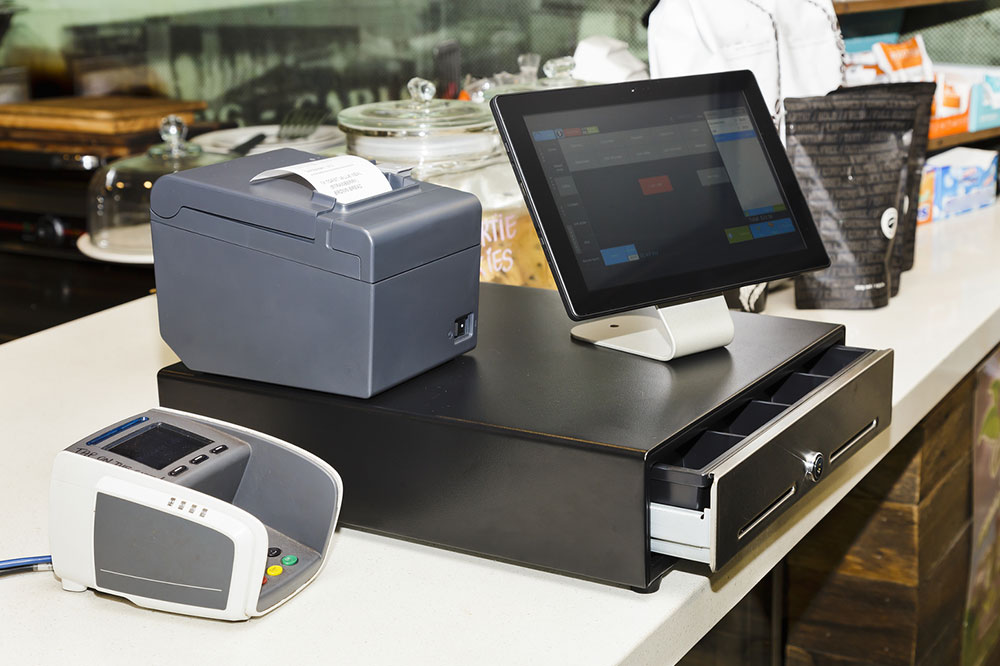Leveraging Advanced Analytics to Boost Retail Business Performance
This comprehensive guide explores how retail businesses can leverage advanced analytics solutions to drive success. It highlights the importance of data-driven strategies, discusses various types of analytics tools, and explains their benefits in optimizing inventory, personalizing customer experiences, and setting competitive prices. The article also covers different retail analytics platforms suitable for in-store and online retail environments. Implementing these solutions can significantly enhance decision-making, boost profitability, and improve customer satisfaction, making them essential tools for modern retail enterprises aiming for sustainable growth.

Leveraging Advanced Analytics to Boost Retail Business Performance
In today’s highly competitive retail landscape, utilizing data effectively is no longer optional but essential for success. Modern retail enterprises are increasingly adopting comprehensive analytics solutions to stay ahead of market trends, personalize customer engagement, optimize inventory management, and make informed strategic decisions. As retail operations grow in complexity, manual analysis becomes inefficient and error-prone. Therefore, embracing retail analytics platforms has become a game-changer, enabling businesses to harness the power of data and turn insights into actionable strategies that enhance profitability and elevate customer satisfaction.
Understanding the Importance of Retail Analytics
Retail analytics encompasses the collection, processing, and interpretation of vast amounts of data generated from various sources such as in-store transactions, online interactions, social media activity, and customer feedback. The goal is to understand customer behaviors, identify purchasing patterns, and uncover emerging trends. By leveraging these insights, retailers can optimize their product assortment, tailor marketing campaigns, set competitive pricing, and improve overall service quality. As data-driven decision-making becomes the standard, retailers who effectively utilize analytics tools can gain a significant competitive advantage, increase their sales revenue, and foster long-term customer loyalty.
Benefits of Implementing Retail Analytics Software
Manual data analysis often consumes extensive time, resources, and can introduce human errors, which hinder timely decision-making. Retail analytics software addresses these challenges by automating data collection and analysis, providing real-time insights that empower retailers to act swiftly and effectively. The benefits of integrating these tools are multifaceted:
Personalized Customer Experiences
Understanding individual preferences and shopping habits allows retailers to craft personalized recommendations, promotions, and marketing messages, significantly enhancing customer satisfaction and loyalty.
Optimized Inventory Management
Analytics tools provide in-depth insights into stock levels, seasonal demand variations, and product performance, enabling inventory replenishment to be more accurate and reducing both overstocking and stockouts.
Demographic and Market Segmentation Gathering detailed insights into customer demographics such as age, gender, and location helps tailor marketing strategies, target key audience segments, and improve conversion rates.
Dynamic Pricing Strategies
Analyzing competitor prices and customer price sensitivity allows retailers to set optimal prices that maximize revenue without sacrificing competitiveness.
Varieties of Retail Analytics Tools
Different retail environments require tailored analytics solutions, whether in physical stores or online platforms. Recognizing their specific features helps retailers select the most appropriate tools to meet their needs:
In-store Analytics
Leverage point-of-sale (POS) systems and in-store camera data to understand customer traffic patterns, demographics, and in-store behaviors, leading to better store layout and product placement strategies.
Web Analytics
Track user activity on e-commerce websites through cookies and session data to assess site engagement, optimize user experience, and improve online advertising effectiveness.
Customer Data Analytics
Collect and analyze interactions from mobile apps, loyalty programs, and communication channels to develop comprehensive customer profiles and preferences.
Merchandise and Sales Analytics
Evaluate product performance, promotional success, and profit margins to make informed merchandising decisions for higher sales and better profitability.





